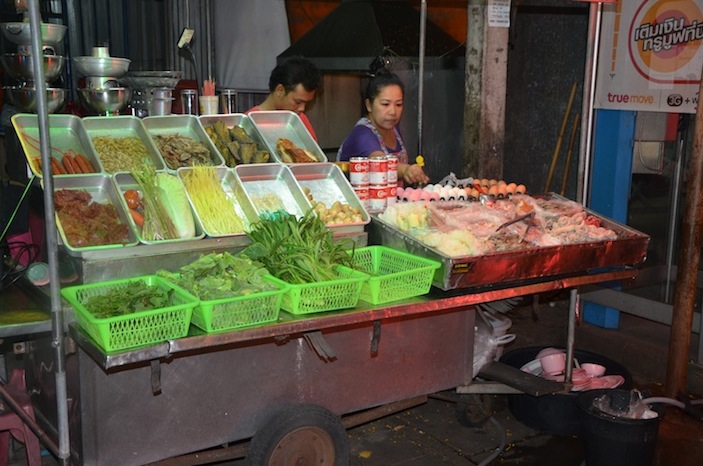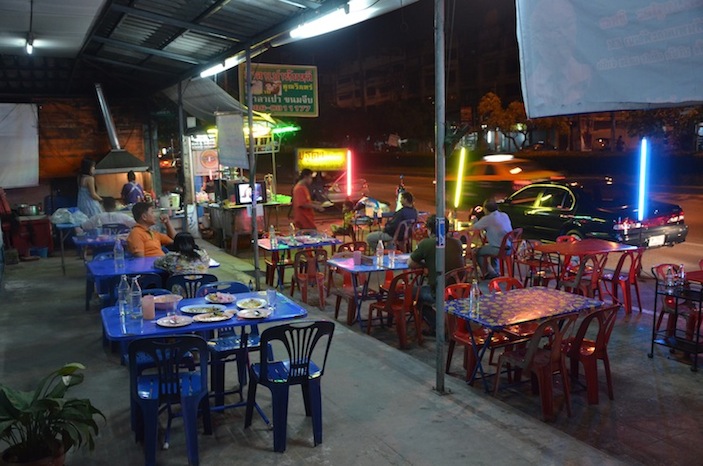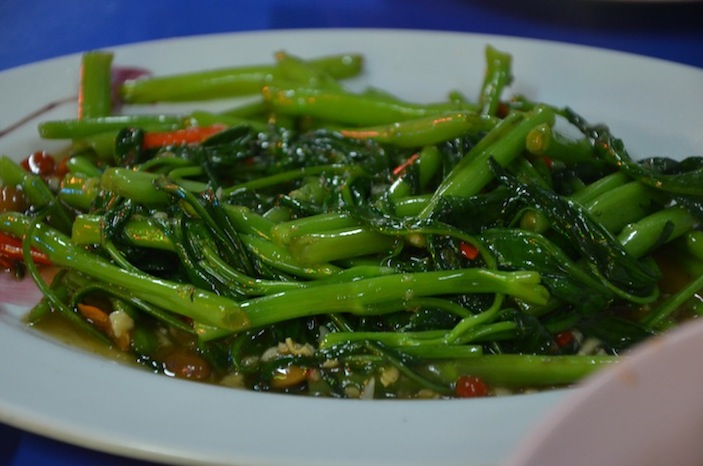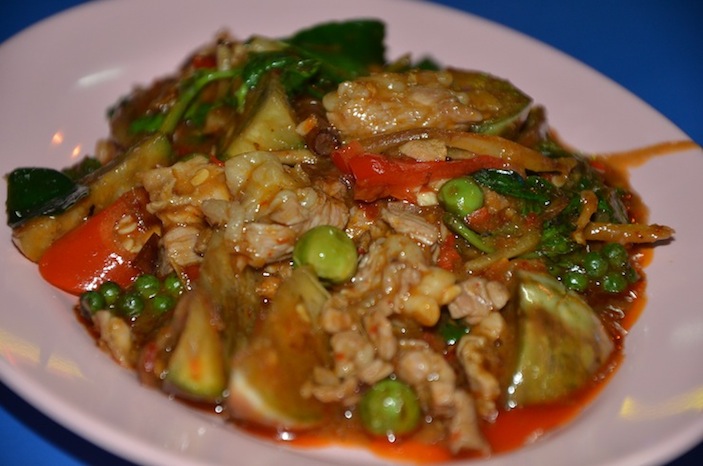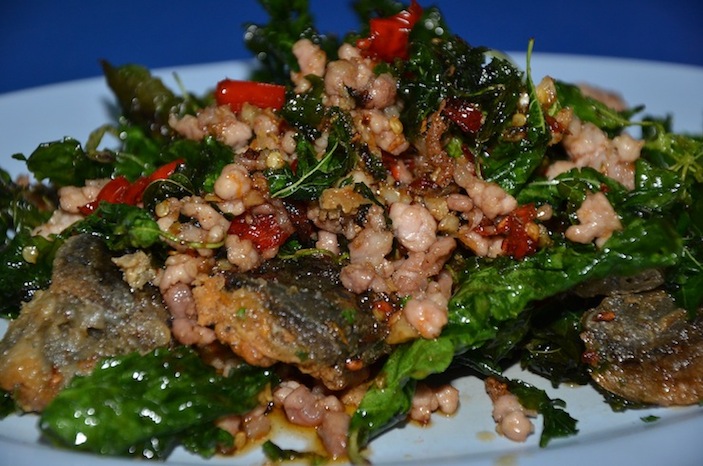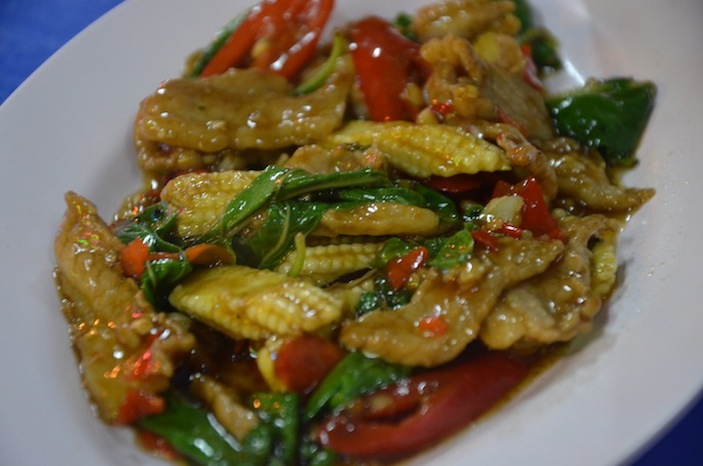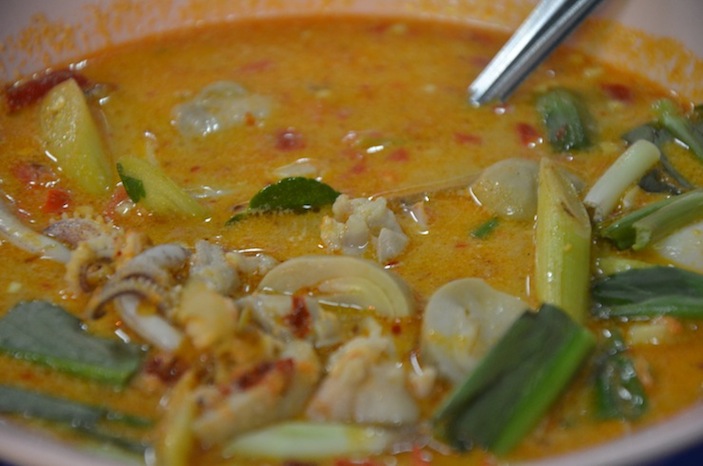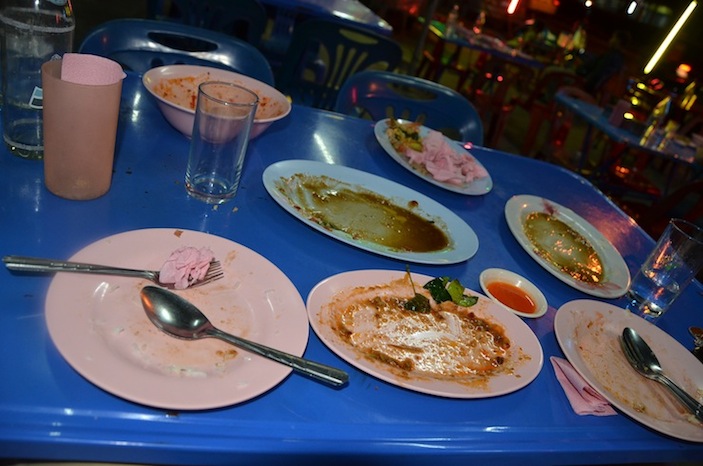Taking Street Food to Another Level
Take a walk around any big city, London to New York to Narnia, and you’ll see that street food is all the rage these days. Never mind the fact that people around the world have been eating out of carts for centuries; when white people in places like Austin start to take note of its “charm” and willingly fork over $10 for a taco, you know street food has arrived. Sadly, they can try every one of those $10-a-plate carts in every city in America, and they’ll never find anything as good as what can be had for a tiny fraction of that price on the streets of Bangkok.
Thailand is notorious for street food, as it suits the local culture in so many ways. First, Thai people generally don’t eat three square meals a day, instead preferring to have many more small meals. Second, these are a social people, generally preferring to meet outside rather than staying in the home. And finally, Thais are sticklers for cleanliness—obviously an important factor when eating a few meters away from speeding motorcycles and trucks.
Furthermore, you can find just about anything on the streets here, though there’s a good bet that it will have undertones of fish sauce and red chilies. Given the international nature of Thailand and its cuisines, the mixture of culinary traditions from throughout Asia and even the Middle East leaves room for plenty of creative concoctions.
While small dishes rule the roost, my personal favorites are larger meals, often cooked up on the sidewalks of regular restaurants after they are closed for business for the day. Picture anything you’ve ever ordered at your local Thai restaurant (except for pad thai, which of course seems targeted more towards unsuspecting white people), and it is available here in abundance, with only fresh, local ingredients, for about $2 USD.
Street food here is neither boutique-trendy nor low-quality. It’s just a normal part of the local food culture, and you’re stomach will probably be best suited here if you never set food inside an actual restaurant.
.jpg)
